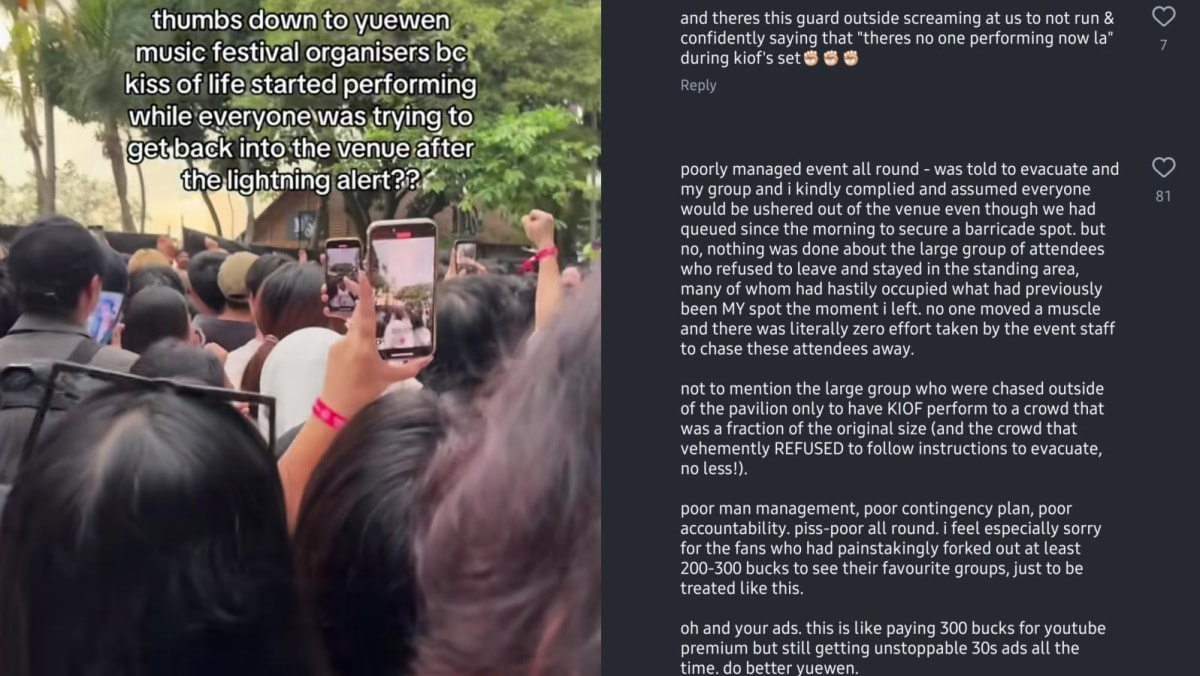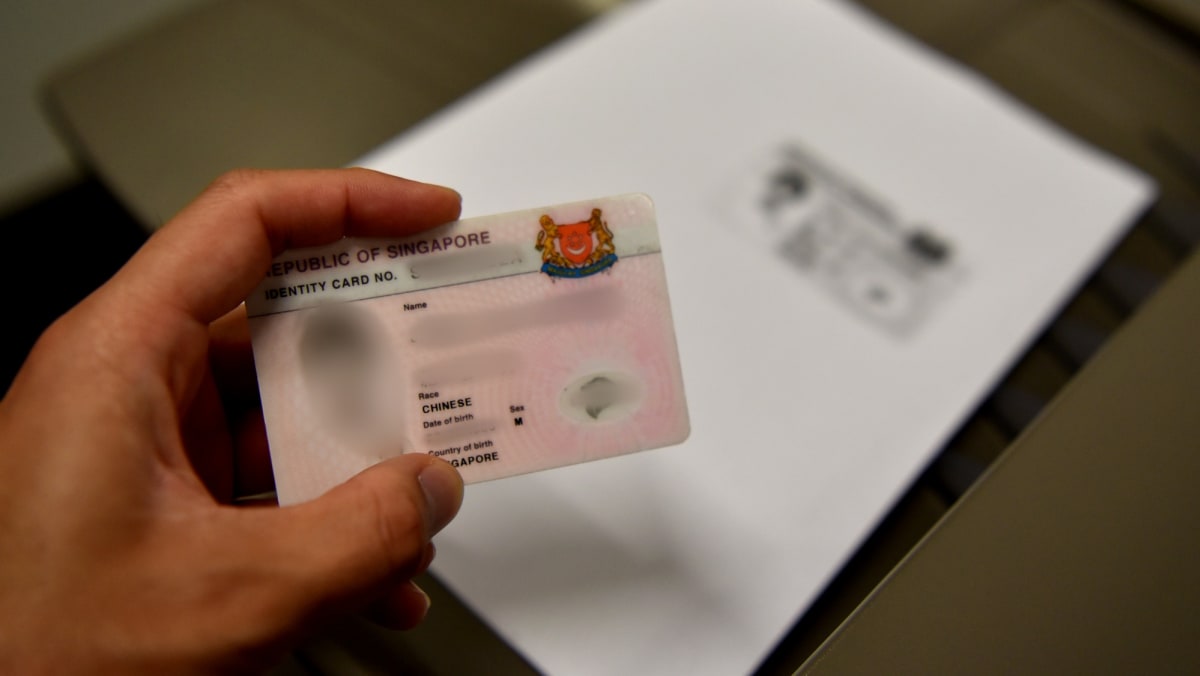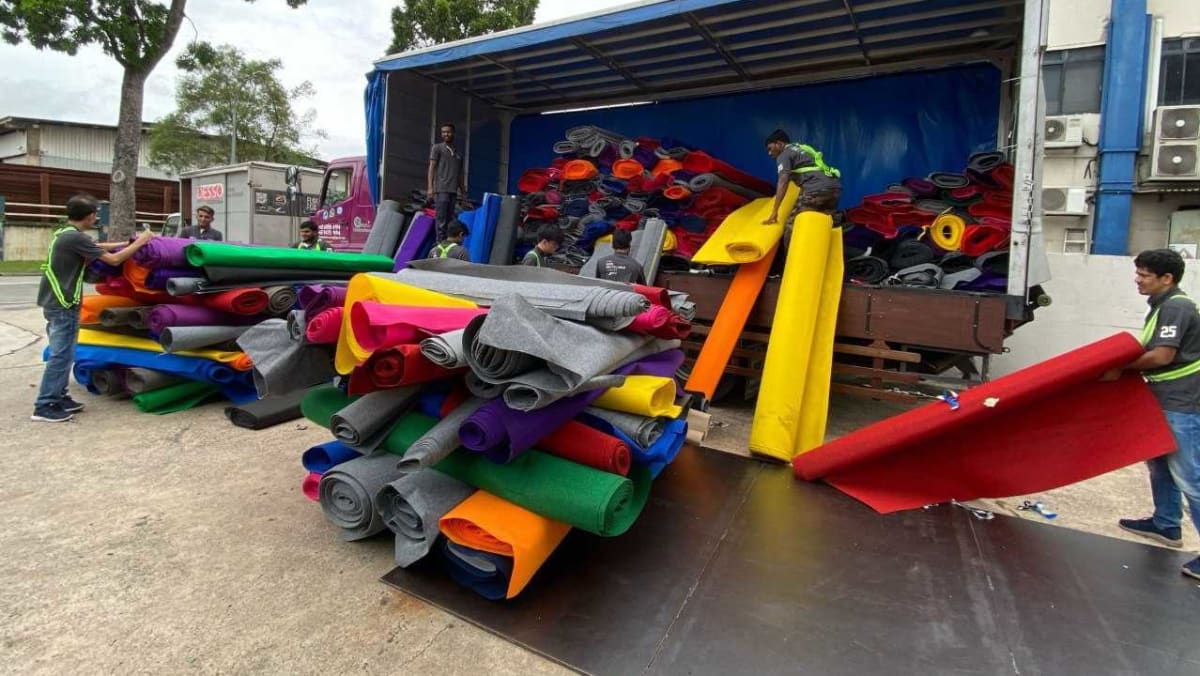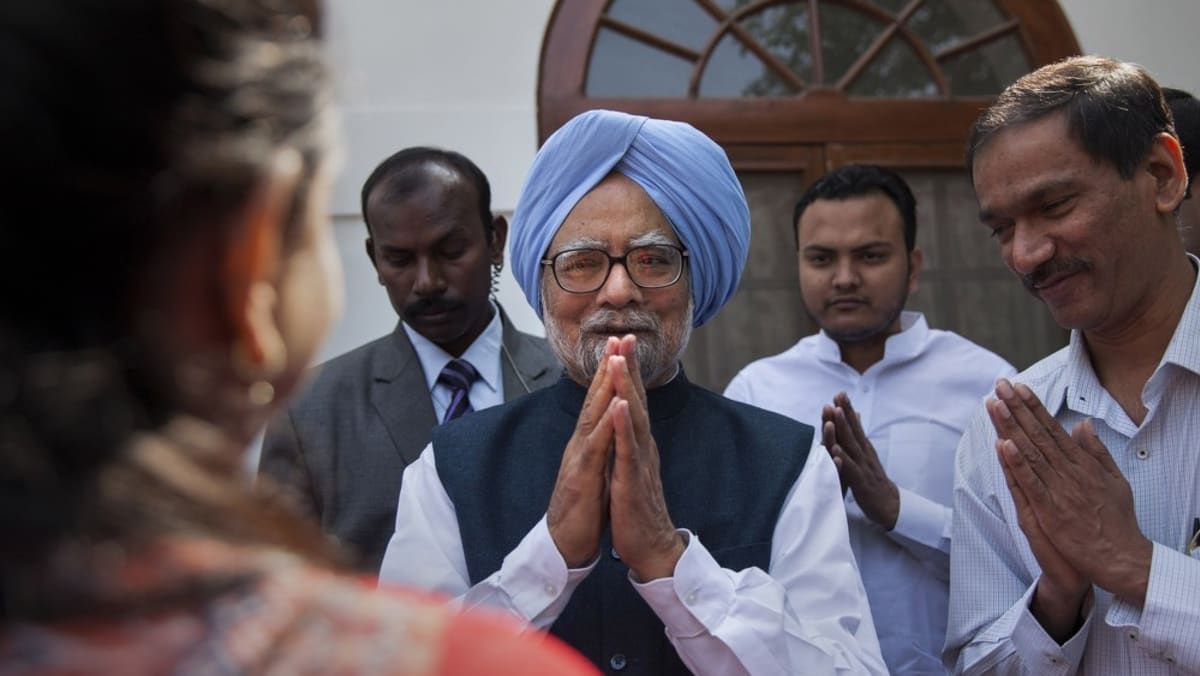Everything you need to know – from fit to shape to style.

How to find a baseball cap that fits you. (Photo: iStock)
New: You can now listen to articles.

This audio is generated by an AI tool.
The baseball cap is not just a functional sports accessory, it’s also become a trendy essential with the stylish set, as well as off-duty celebrities. Worn for sun protection or purely as a fashion statement, the sporty topper is one of the most popular picks when it comes to headgear.
But with so many iterations out there – of which, not all will work for you – how should one pick out a good cap? Here’s what you need to know.
DIFFERENT TYPES OF BASEBALL CAPS
 (Photo: iStock)
(Photo: iStock)
They may all look similar, but baseball caps come in several varieties, though the differences between them may be subtle. Essentially, they have the same construction, made up of a crown that’s closely fitted to the head and a visor or brim that offers shade from the sun – but can be differentiated by features unique to each variety.
 Alpha Industries x New Era 9Fifty New York Yankees, S$79. (Photo: New Era)
Alpha Industries x New Era 9Fifty New York Yankees, S$79. (Photo: New Era)
The most common out of them all is the snapback style, which comes with an adjustable strap at the back of the crown that allows for customisation of the fit.
 Converse cotton cap, S$29. (Photo: Converse)
Converse cotton cap, S$29. (Photo: Converse)
A fitted baseball cap, on the other hand, doesn’t have this feature – meaning that there’s no adjustability and that you should ensure that the size is a perfect fit for you before purchasing it.
 Nike Club Unstructured Swoosh Cap, S$35. (Photo: JD Sports)
Nike Club Unstructured Swoosh Cap, S$35. (Photo: JD Sports)
A five-panel cap, at its name describes, has a crown constructed with five separate pieces of fabric (rather than the usual six) – one large panel at the front of the crown (which means there’s no centre seam on the front), and four other panels around the sides and the back. It tends to have a less structured appearance and broader fit that may be more comfortable for some people.
 Cotton Dad hat, S$19.99. (Photo: Cotton On)
Cotton Dad hat, S$19.99. (Photo: Cotton On)
Next is the “dad hat”, which, as unfashionable as it sounds, is fact trendy in recent years – thanks to celebrities like Taylor Swift, Kendall Jenner and Justin Bieber who have rocked the headgear style frequently. It has a softer crown, a more relaxed, slightly oversized fit, and usually comes with a brim that’s not as curved as those seen on other types of baseball caps.
 Goorin Bros The Wildcat Tiger Trucker Cap, S$59. (Photo: JD Sports)
Goorin Bros The Wildcat Tiger Trucker Cap, S$59. (Photo: JD Sports)
The trucker cap is identifiable by its plastic mesh back, a feature that isn’t solely aesthetic – the holes allow for better breathability. The front half is made of fabric, and often lined with a layer of foam that gives the cap a rigid and structured look.
HOW TO PICK A CAP THAT’S RIGHT FOR YOU
 (Photo: iStock)
(Photo: iStock)
Since caps come in so many designs, it could prove difficult to pinpoint a particular style that works best for you. However, there are some general guidelines you can reference to find a more flattering fit.
For example, if you have a small head and face, a cap with a shallower fit would sit better. Conversely, if your head and face leans towards the larger side, opt for one with a deeper fit.
This also means that those in the former group will want to avoid trucker caps, which tend to be taller and broader, and dad hats that are oversized, since these styles may look too large on you. That said, it’s not a hard and fast rule – if you can find them in proportions that work well for you.
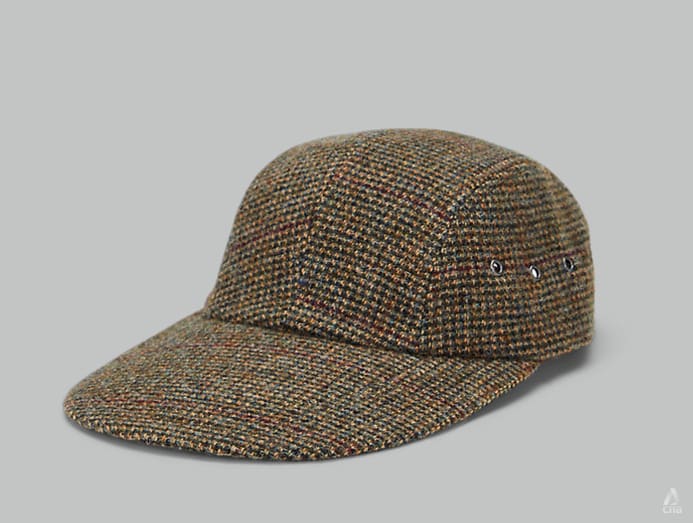 Long bill tweed cap, S$202. (Photo: Ralph Lauren)
Long bill tweed cap, S$202. (Photo: Ralph Lauren)
It’s all about the right proportions, too, where cap brims are concerned. If you have a long face, stay away from caps with wide brims – they can visually elongate your face further by contrast. They will, however, look much more flattering on those with a wide face, who, on the other hand, should avoid wearing caps with small and narrow brims.
ENSURE IT FITS PROPERLY
A cap that isn’t the right size for you will not only be a pain to wear but also look ill-fitted. When trying one on, check if it sits snugly on your head – it shouldn’t be too tight nor too loose.
Be aware that the fit of a cap can be impacted by factors beyond size (which refers to your head circumference) – sometimes, the style or cut of the cap can be factors that count too. For example, some caps have a shallower crown than others, or may be made of a softer or stretchy fabric – these can also affect how a cap sits on your head.
The only way to know if a cap is a good fit for you is to try it on in person – buying one online may not be a good option unless size measurements are listed and exchanges are possible.
CHOOSE THE RIGHT MATERIAL
Like clothing, caps come in myriad materials – choosing an appropriate one for your needs is essential for comfort. Breathable materials like cotton or mesh are ideal for hot weather conditions, while wool or fleece-lined caps are suited for cold and windy climates.
 UV protection cap, S$29.90. (Photo: Uniqlo)
UV protection cap, S$29.90. (Photo: Uniqlo)
If you’re buying a cap for wearing during sports or outdoor activities, polyester or nylon are better options – they rate higher on durability, can withstand sweat, moisture, frequent washing, and are also lightweight on the head. There are also caps that are made from UV-protective material, which could be useful if you’re going to be under the sun for long periods of time.






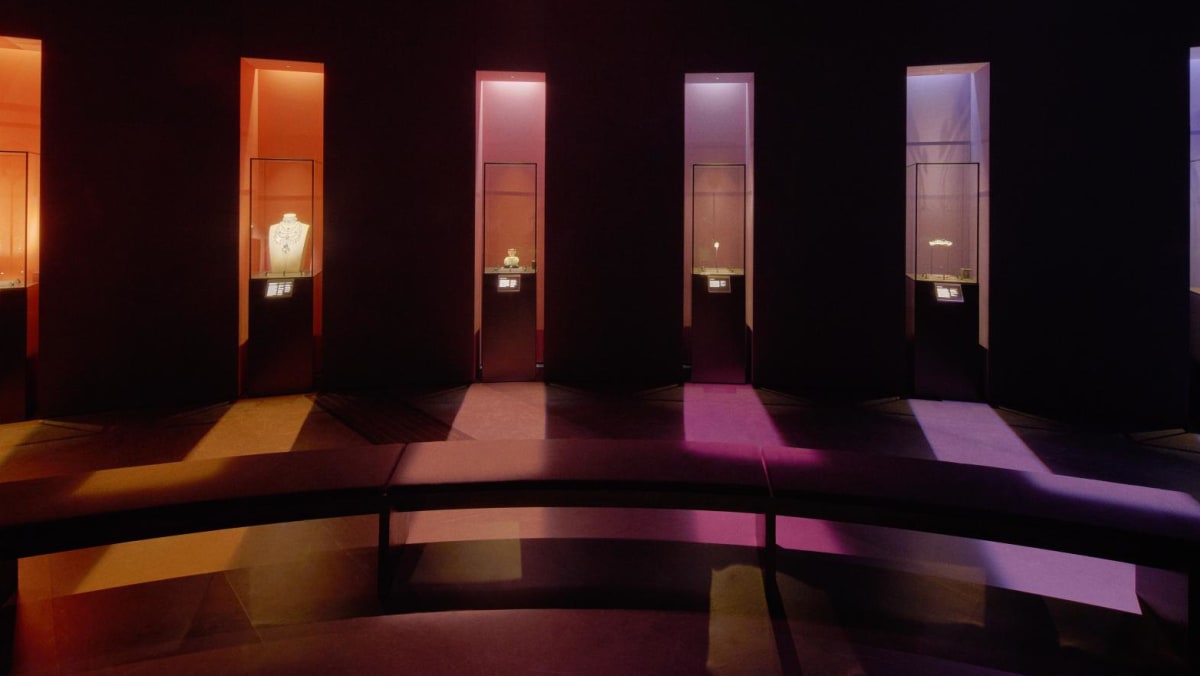





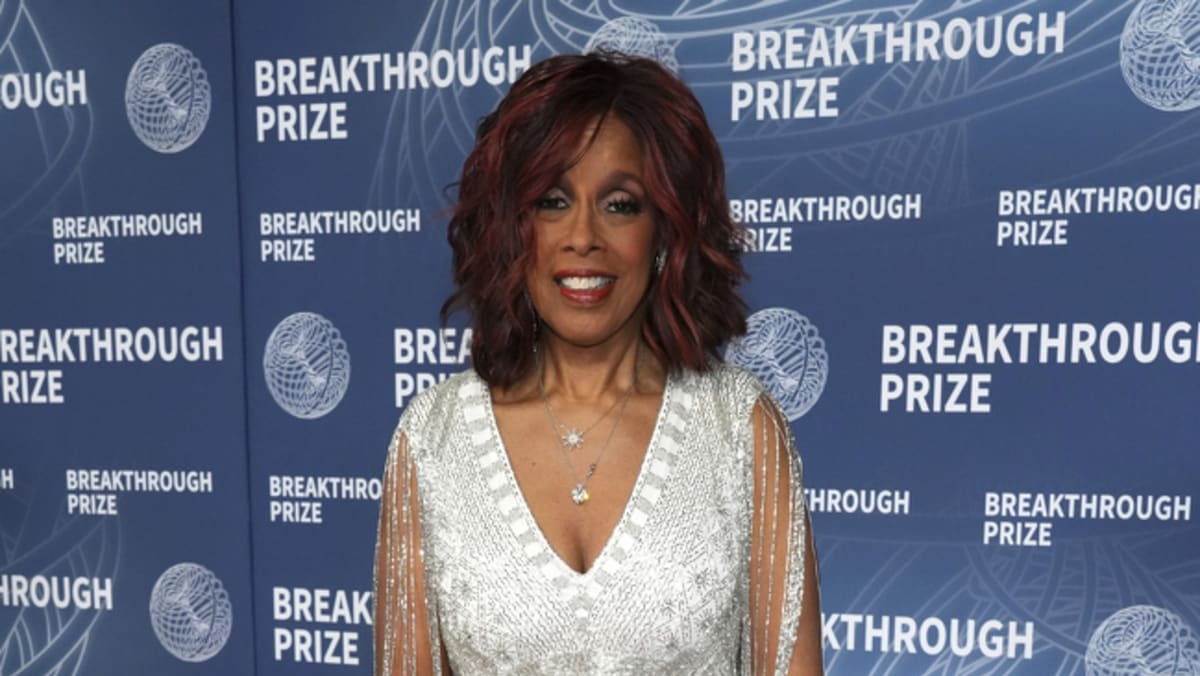



.png?itok=erLSagvf)











